When most mammals, including humans, are in a low-oxygen environment they begin to hyperventilate to increase their oxygen uptake. However this is an energetically costly way to increase oxygen levels in the body. The naked mole rat is unique from other mammals; when it is exposed to hypoxia (low oxygen levels) it does not begin […]
Tag: evolution
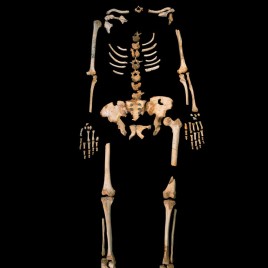
Filling in the family tree: The Sima de los Huesos hominins
Hominins found in the Sima de los Huesos (“pit of bones”) in northern Spain are more closely related to Denisovans than Neanderthals, according to genetic analysis. Until now it has been unclear how the 28 individuals were related to other hominins living during the Late Pleistocene. Analyzing the mitochondrial DNA lead the authors to conclude […]
Meat - The great evolutionary kickstarter
It was the addition of meat into the human diet, along with tool use, that could have contributed to our ancient ancestors’ improved speech and the ability to regulate body temperature, researchers suggest. In the past the cooking of food was thought to drive the changes in tooth size and facial features of our ancestors. […]
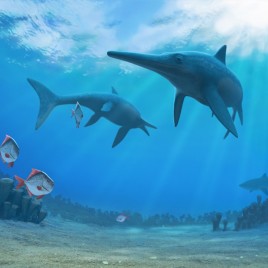
Solving the Disappearance of the Ichthyosaur
The Ichthyosaur, a dolphin-like reptile, ruled the oceans at the time of the dinosaurs, but then disappeared from the fossil record. Now new research seems to have figured out why. Their demise appears to be the result of climate change and a slow rate of evolution. Ichthyosaurs became extinct 90 million years ago, 28 million […]
Cutting away at the mystery of leafcutting bees
Leafcutting bees use pieces of various plant leaves to build their nests, however determining which plants they prefer has been a challenge. In the past, researchers had to either observe leafcutting bees visiting a plant or identify pieces of leaf in the nest in to know which plant the bees relied on. Now, using DNA […]
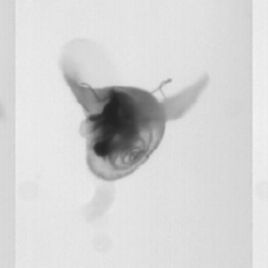
When snails fly
A snail that flies may sound like science-fiction, but it’s not – quite. The Limacina helicina, a zooplanktonic sea butterfly, is a type of sea snail (the “butterfly” is a misnomer) that moves through the water in the same way a fruit fly flies, by moving its wings in a figure eight pattern. Using […]
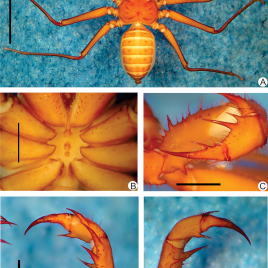
Newly discovered and already at risk
Eight new species of the Whip spider have been found in the Brazilian amazon, underscoring how little is known about biodiversity in this rainforest. However half of the newly discovered species’ habitat is threatened by human activity from dams and mining. Original research paper published in PLOS ONE on February 17, 2015. Names and affiliations of selected authors […]
When humans and Neanderthals met
Ancestors of modern humans and neanderthals may have interbred 100,000 years ago, earlier than previously thought, according to new genetic analysis. Additionally the gene-flow may have been two way, with each population breeding and receiving genes from the other. Researchers analysed the genomes of a Neanderthal (from the Altai mountains in Central Asia) and a […]
How infants account for dominance
Group size matters when determining who is dominant, at least according to human infants. The team believes this shows infants as young as six months of age are able to assess social dominance by looking at the numerical size of competing groups, an ancient evolutionary ability. Researchers found infants evaluate which group is dominant by […]
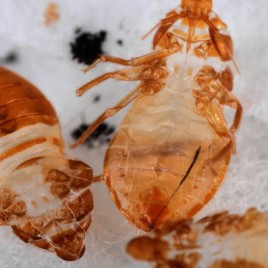
How bed bugs beat insecticides
By analysing and sequencing the genome of the bed bug, Cimex lectularius, researchers have identified genes associated with insecticide resistance. Over the last 20 years the bed bug has developed abilities which limit the effectiveness of insecticides. Researchers hope their findings will help uncover mechanisms of insecticide resistance. The bugs have certain proteins in their […]
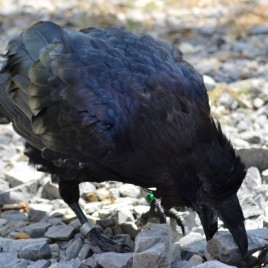
Ravens on their mind
Ravens possess the “Theory of Mind”, or the ability to predict the mental state of others, according to a new study. This is the first time the “Theory of Mind” has been confirmed in an animal other than humans or non-human primates. The researchers fed individual ravens in an enclosed study area, while playing raven […]
T.V.’s newest hit drama – The Secret Lives of Octopuses
Contrary to their reputation, octopuses are indeed a social bunch. That’s what researchers realized after watching over 52 hours of film of the shallow-water Octopus tetricus in Jervis Bay, Australia. They saw footage of octopuses communicating with each other using body postures and by changing colours. For example when an octopus with a dark body […]
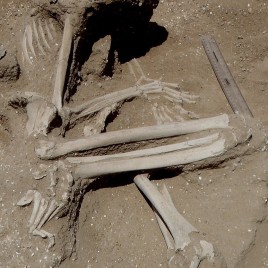
The first massacre in recorded history
Human remains reveal a rare instance of intergroup violence among prehistoric hunter-gatherers. Researchers found the remains of at least 27 people at a site in Kenya, including ten skeletons showing signs of blunt-force or sharp-force trauma to the head and/or neck. The remains, dating to 9,500 – 10,500 years ago were found with no signs […]

Identifying features of the eye vary by population
Features on the surface of the iris vary widely between individuals of different ancestral groups, according to a new study. Researchers developed a computer program to help identify a variety of features on the iris of subjects with either East Asian, South Asian, or European ancestry. This program allows for a more qualitative assessment than […]
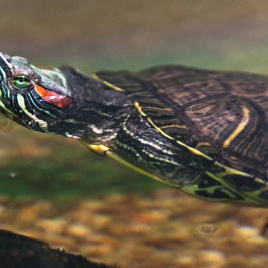
The secret to surviving without oxygen
The Red-eared slider, a species of turtle, is able to survive months of low oxygen, without apparent damage to the brain tissue. Researchers believe they have now found the secret to this ability in the mitochondria of the brain cells. The mitochondria, where the respiration and energy processes of the brain take place, of Red-eared […]
Mammals, including humans, shape their microbiome
Humans create small molecules inside the GI tract to help regulate the composition of gut microbes and to protect against intestinal diseases. The researchers believe the findings of the study reveal a host defense mechanism and show that microRNAs can be used to regulate the microbiome of individuals. The researchers found microRNAs produced by intestinal cells in both mice and humans regulate the activity […]